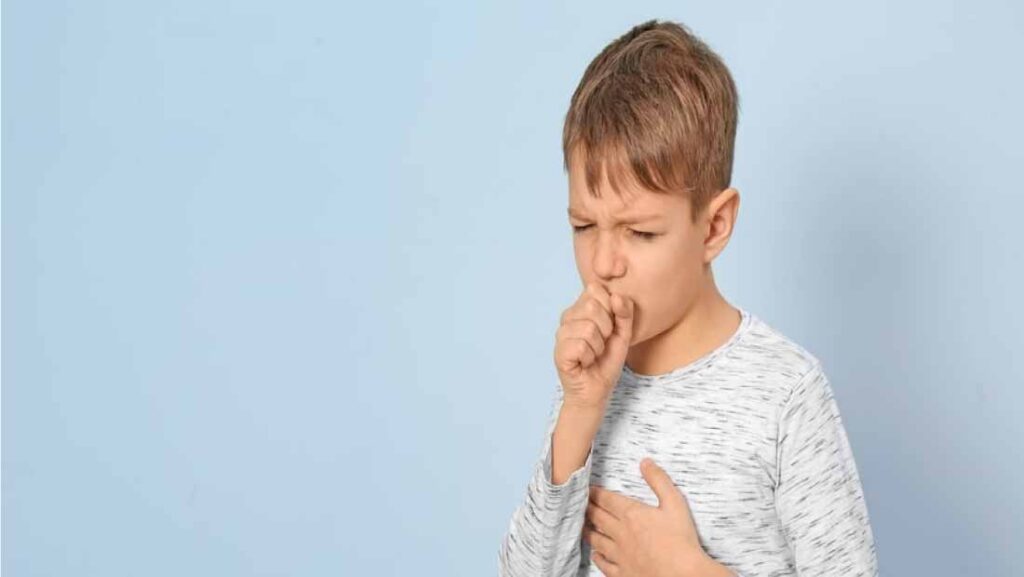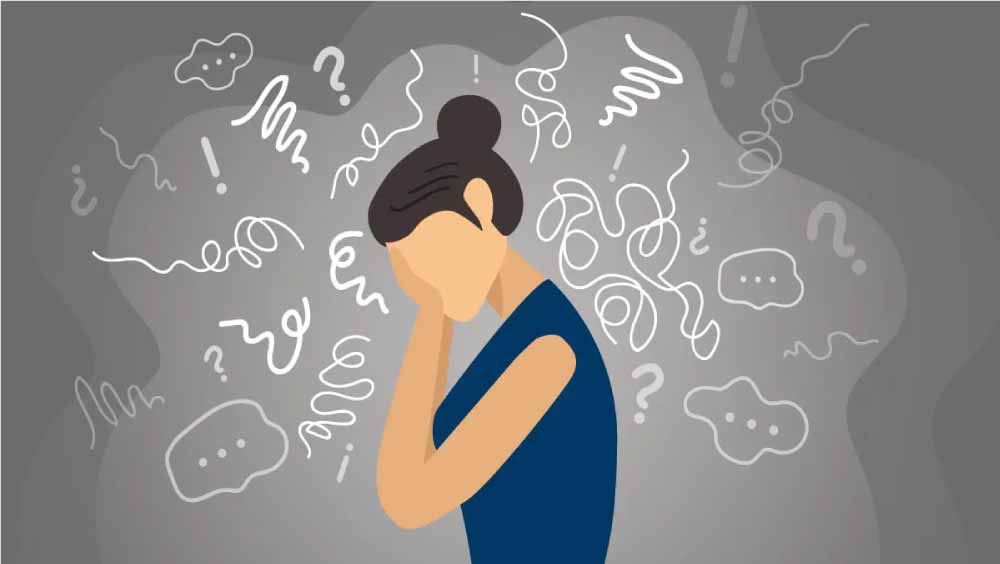The Cough in children causes anxiety and worry in many parents, in addition to being the most common reason in medical consultations. It should be noted first of all that coughing alone does not establish a condition.
Cough is a symptom that is part of a disease, therefore, some pediatricians focus on first finding if the child has other similar or different symptoms that may indicate the disease that generates the cough, all this before giving a specific and effective treatment.
The onset of cough is most often presented as a recent problem and undeniable cause, such as viral processes of the respiratory tract, which are usually not complicated and end up being limited with treatment. There are also cases in which children have a daily cough, if the cough remains more than 4 weeks it is considered as a persistent or chronic cough.
We must bear in mind that, as a defense mechanism of the organism, cough acts by eliminating agents that can be harmful to the body, for this reason, they should not deliver treatment to cut it, except in certain specific cases. Infant cough should never be immediately medicated with syrups, as they can create an opposite effect on the child’s recovery.
Causes of infant cough:
- Various allergies (weather, dust, exercise, pets, etc.)
- Bronchial asthma
- Pneumonia
- Bronchopneumonia
- Bronchitis
- Bronchiolitis
- Rhinitis with retronasal drip
- Influenza
- Croup (laryngotracheitis)
- Gastroesophageal reflux
What is infant cough?
Coughing is caused by irritation of the respiratory system, bacteria, allergies or environmental causes such as smoke. It can also be caused by the presence of mucus, this being a defense mechanism of the body to move secretions, keep the airways clean and open.
Learn to differentiate What kind of cough does your child have?
Dry cough is one that has no secretions. This is caused by inflammation of the airway. Dry cough in children is very annoying, it usually occurs especially at night or when the child is agitated. It tends to be painful, because it irritates the throat.
Coughing up phlegm is the most common type of cough that children tend to have most often. Coughing up phlegm is accompanied by colds and can end in serious pneumonia if not treated in time. Babies usually swallow their phlegm, which is not bad, on the contrary, this mechanism helps them to be expelled.
Dog cough when the air that passes through the larynx is expelled abruptly occurs what they call seal cough or doggy cough, it is called that because they are usually heard as aphonic or hoarse by the inflammation of the vocal cords.
Whooping cough or whooping cough This cough is caused by the bacterium Bordetella pertussis. It can start like any other cold, but it is prolonged and ends with coughing attacks that make it difficult for the child to breathe.
Wheezing cough generated by inflammation of the bronchi and produces a whistling sound when air passes through them. It is common to find this condition in diseases such as asthma and bronchiolitis, this cough can often be accompanied by vomiting.
Warning signs to go to the doctor!
Rapid breathing or shortness of breath: when the child coughs or breathes and there is sinking of the ribs and flapping of the nostrils.
Cyanosis: the child changes his tone of his lips to a blue color, due to lack of air.
Stridor: A sharp and loud cough is also heard when inhaling.
Wheezing: noises such as whistling when expelling air.
Fever: can be very dangerous if its duration is more than 72 hours, especially in children under 3 months.
Pain or drainage of ears: if the child has irritability or decay, he complains of severe pain each time he suffers from a coughing attack and if mucus is present.
How to calm cough in children?
Remember that coughing is a mechanism of the body and should only be treated if it begins to deteriorate the state of health. Keep these tips in mind to help your little one with his cough.
- Keep your nose clear without mucus plugging, nasal washes with saline are highly effective, also humidifiers to keep moisture, will help them sleep.
- Give plenty of water to drink, they also serve sweet juices with fresh fruits, these are rich in vitamin C. Honey can soften the discomfort in your throat, avoid soda.
- For dog cough it is effective to shower with hot water, steam for 20 minutes is very good for the larynx.
- Avoid exposing your children to cigarette smoke, burning, and sudden changes in temperature.
- In children the cough should not be treated with “soothing syrup” medications. First the cause must be established to offer specific treatment if the cough worsens.
- Medication for flu and cough in children used contain codeine, a compound whose use causes adverse effects in children. Use them with caution only if a specialist approves.
Home remedies for cough in children
Bee honey Honey is a great home remedy to treat cough problems and sore throat. If your child is older than 1 year, try giving him a spoonful of honey before bed. Other alternatives are:
- Honey with lemon
- Infusion of lemon, honey and thyme
- Honey, onion and lemon syrup
Menthol vapors the smell of menthol and steam help open the airways facilitating better breathing. Place a bowl of hot water and a few drops of menthol, bring your child closer to this steam to breathe.
Onion is a grandmother’s home remedy that is infallible, cutting an onion and placing it in the room in which your little one sleeps, will be super effective.
Eucalyptus this plant is well known for its medicinal properties, among which the cure for colds and coughs stands out. Bring several eucalyptus leaves to a boil and put your child nearby to breathe the steam.
Prevents cough in children
The best prevention of cough in children is care, do not let them out if it rains or is very breeze, do not let them play with water when it is very cold, shelter them very well when leaving in bad weather. In children under 2 years of age, exclusive breastfeeding is even essential for its prevention.
Prevent your children from coming into contact with dust, cigarette smoke, environmental pollutants, dirty carpets, and reduce contact with respiratory patients.


